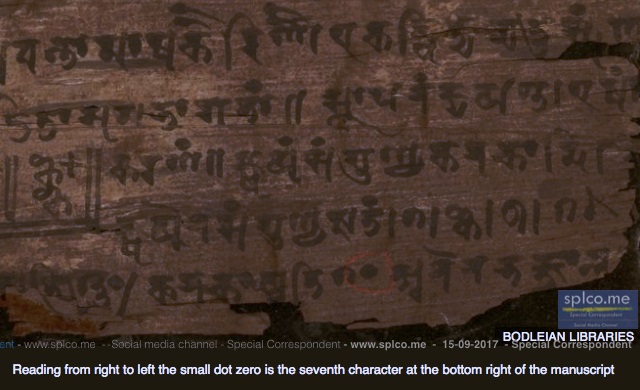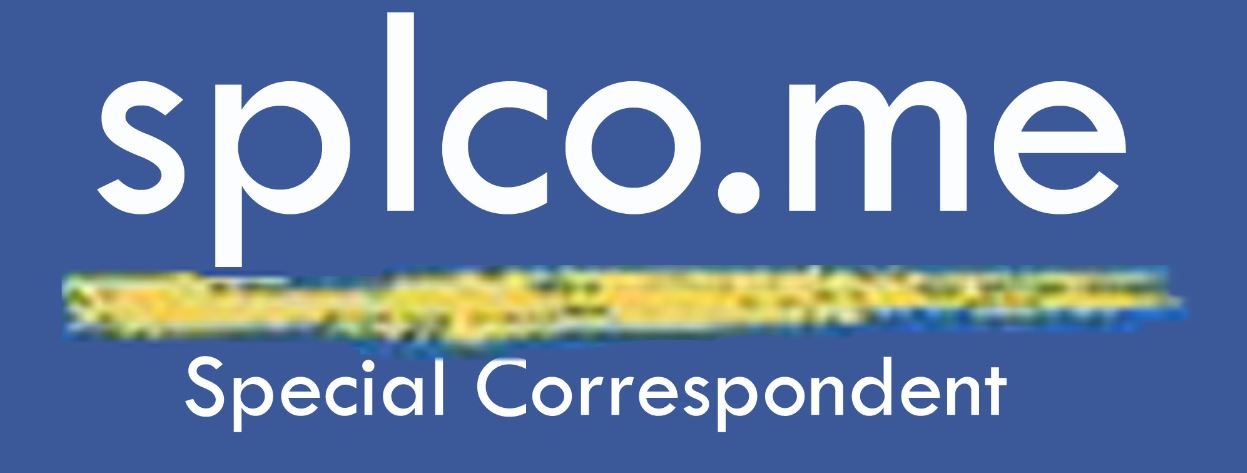The Bakhshali manuscript is now believed to date from the 3rd or 4th Century, making it hundreds of years older than previously thought.

It means the document, held in Oxford, has an earlier zero symbol than a temple in Gwailor, India.
The finding is of "vital importance" to the history of mathematics, Richard Ovenden from Bodleian Libraries said.
The zero symbol evolved from a dot used in ancient India and can be seen throughout the Bakhshali manuscript.
Other ancient cultures like the Mayans and Babylonians also used zero symbols, but the dot the Bakhshali manuscript developed a hollow centre to become the symbol we use today.
It was also only in India where the zero developed into a number in its own right, the Bodleian Libraries added.
Bodleian Libraries said scholars had previously struggled to date it because it is made of 70 leaves of birch bark and composed of material from three different periods.
The manuscript was found by a farmer in a village called Bakhshali, in what is now Pakistan, in 1881 before being acquired by the indologist Rudolf Hoernle, who presented it to the Bodleian Libraries in 1902.
The creation of zero was one of the "greatest breakthroughs" in mathematics, Prof Marcus Du Sautoy of the University of Oxford said.














